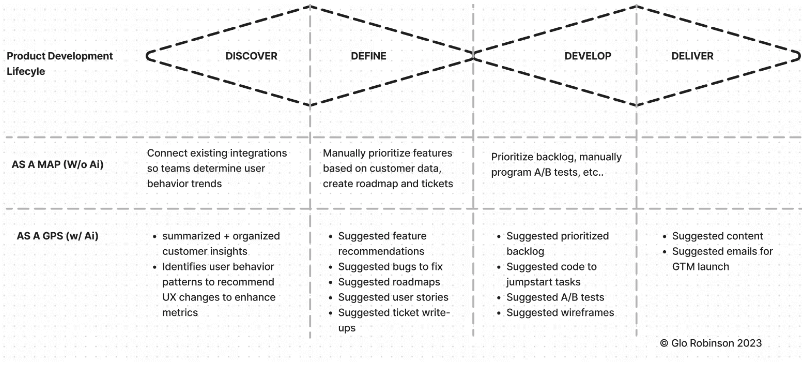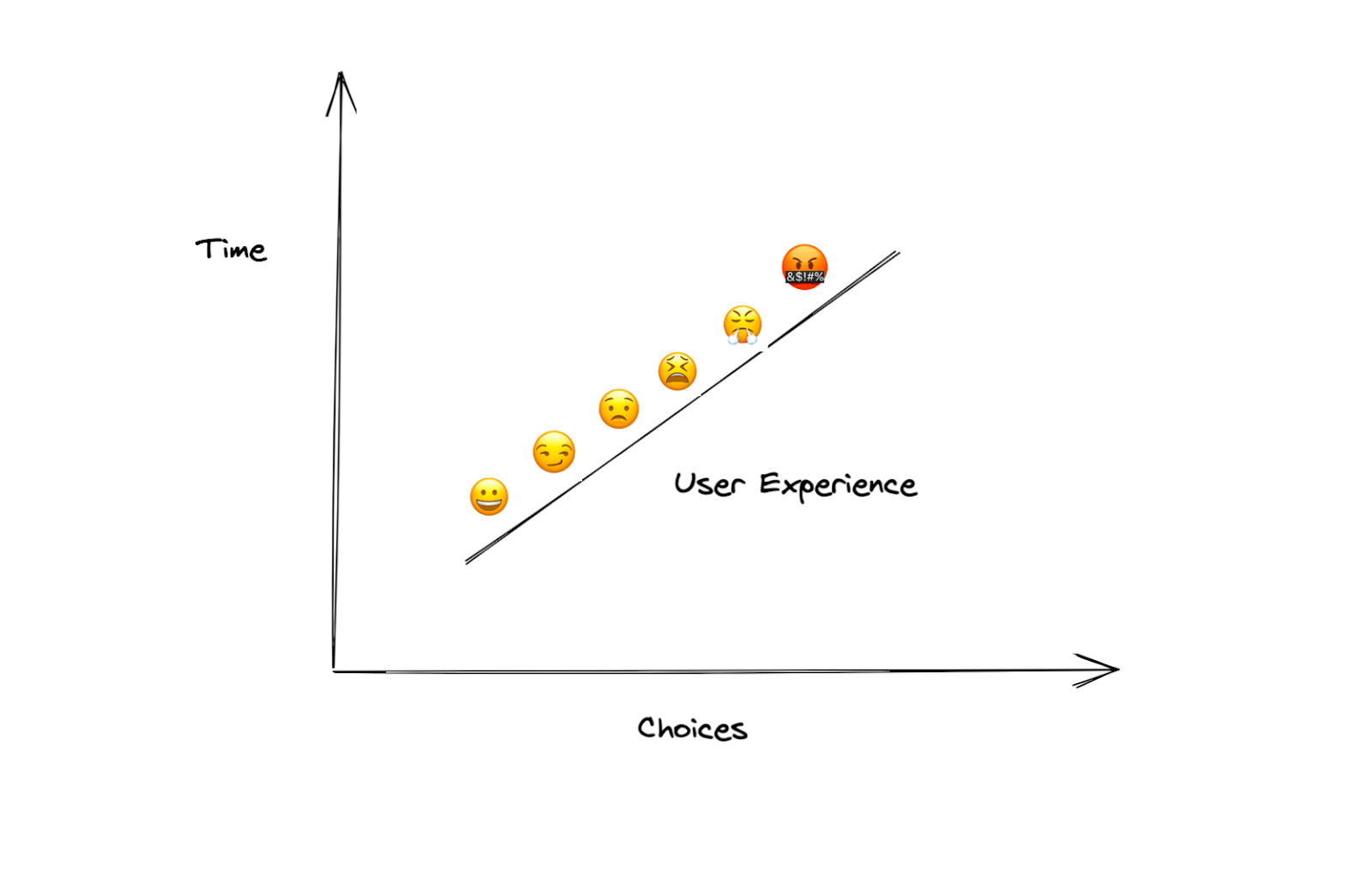Because post-its and retros won’t save a broken flow
A team I once worked with had all the Agile boxes checked.
Daily stand-ups? ✔️
Sprint planning? ✔️
User stories in Jira? ✔️
Retro every two weeks? ✔️
They were doing everything “right”—and yet nothing felt right. Features limped out the door. Teams were constantly firefighting. Stakeholders grew impatient. Morale dropped.
They were Agile in form but not in function.
It took a while, but we finally diagnosed the problem: they had ceremonies, but no process. No shared understanding of how ideas moved from concept to customer. No visibility into bottlenecks. No consistent way to gather or act on feedback.
Agile wasn’t failing them. They just weren’t using its full power.
Somewhere along the way, Agile got watered down to its rituals. Do a daily stand-up? You're Agile. Plan in sprints? Super Agile.
But here's the uncomfortable truth: you can follow every ceremony and still deliver chaos.
Why? Because Agile is a mindset. The rituals are just the visible layer. What really makes Agile work is the invisible system beneath it—how your team thinks, decides, collaborates, and improves.
When those systems are weak, the rituals become performative. You’re standing up every morning to report progress no one’s tracking toward goals no one agreed on.
A two-week sprint doesn’t guarantee value. It just creates a timebox.
If the input is unclear, the output will be, too.
Without a strong process, here’s what sprints often look like:
You’re sprinting, but toward what?
This is why strong foundational process matters. It’s what aligns teams, clarifies goals, and enables meaningful agility—not just motion.
"Process" gets a bad rap. People associate it with red tape, approvals, and delays. But good process isn't a blocker—it’s a map.
It tells everyone:
Without that map, teams waste time rediscovering the route every sprint. They lose trust. They reinvent workflows. They burn out.
Good process frees people to focus on solving problems instead of solving how to work.
Let’s be honest: a daily stand-up won’t fix unclear priorities. A retro won’t matter if nothing changes. And sprint planning won’t save you from a broken intake process.
These rituals are only as powerful as the system supporting them.
If you’ve ever heard a dev say, “We’ll figure it out during the sprint,” or a PO scramble to write stories the night before planning—that’s a process gap.
And Agile doesn’t magically fill those gaps for you. That’s your job as a team.
It’s not a one-size-fits-all playbook, but good process often includes:
When these are explicit and evolving, Agile thrives. When they’re implicit or assumed, things break quietly.
Agile ceremonies without underlying process are like trying to run a train on gravel.
Sure, it might move, but not for long. And certainly not smoothly.
If your team is doing all the Agile things but still struggling, look beyond the stand-ups. Look at your flow, your handoffs, your assumptions. That’s where the real power—and the real fix—usually hides.
Agile isn’t just about doing fast. It’s about learning fast. And that only happens when the engine beneath the rituals works.
So yes, keep your sprints. But build your rails.








